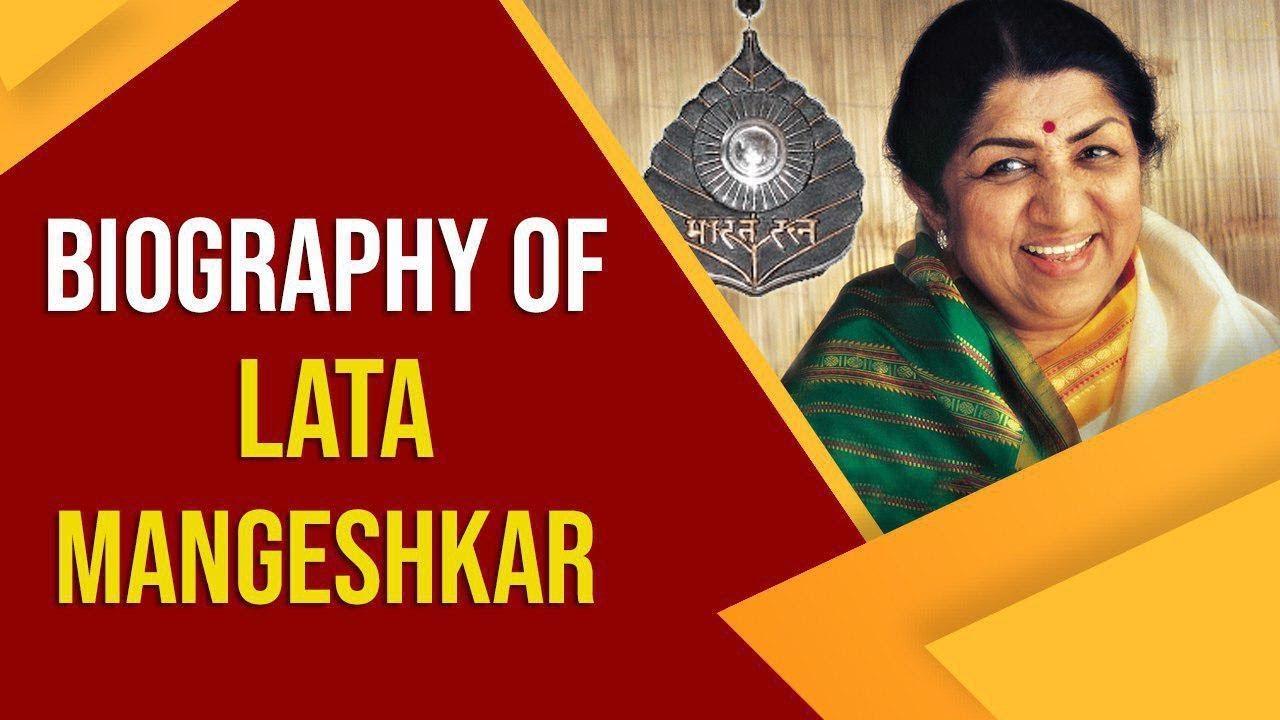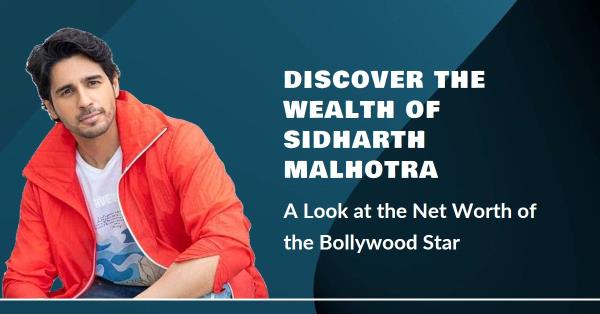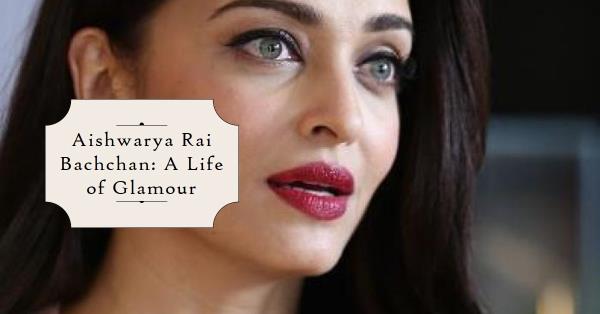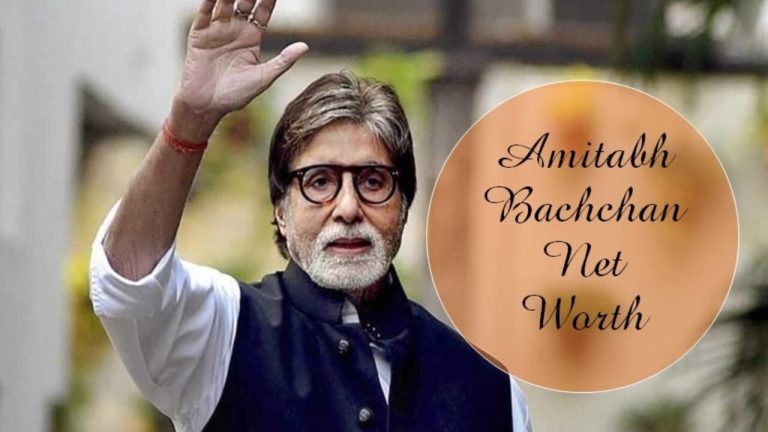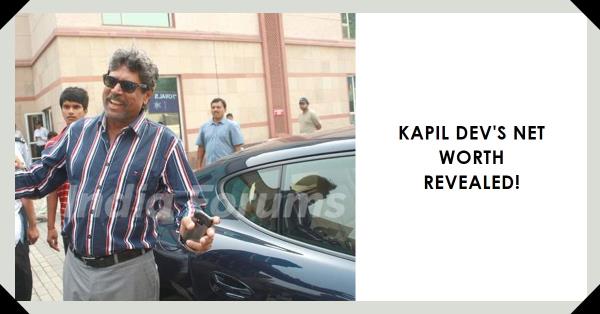Lata Mangeshkar Biography: Legendary singer Lata Mangeshkar was born on 28 September 1929 in Indore, India. She is an Indian playback singer and music director. She is one of the most respected playback singers in India. Let us have a look at her biography including age, family, education, singing career, awards, honours, etc.
Lata Mangeshkar Biography: “Mahamrityunjay Jaap” and a ‘hawan’ have been performed by the saints in Ayodhya for legendary singer Lata Mangeshkar. She has been hospitalised after testing COVID-19 positive. Jagadguru Paramhans Acharya Maharaj also participated in the holy ritual conducted for her health. Currently, she is in the ICU.
Singer Lata Mangeshkar tested COVID-19 positive with mild symptoms and on 8 January, she was admitted to the ICU of the Breach Candy Hospital in South Mumbai.
Legendary singer Lata Mangeshkar has recorded songs in over a thousand Hindi films and is one of the best-known and most respected playback singers in India. She has a sweet and captivating voice which is the main reason for her popularity.
At the age of 13, Lata Mangeshkar started her career in 1942 and has sung over 30,000 songs in various Indian languages. She is considered one of the greatest singers of Indian cinema and received Bharat Ratna, India’s highest civilian honour in 2001.
Table of Contents
Lata Mangeshkar Biography
| Birth Date | 28th September 1929 |
| Place of Birth | Indore, India |
| Current Residence | Mumbai, India |
| Other names | Queen of Melody, Nightingale of India |
| Age (as of 2021) | 92 Years |
| Parent(s) | Deenanath Mangeshkar (father) Shevanti Mangeshkar (mother) |
| Siblings | Meena, Asha, Usha, and Hridaynath |
| Zodiac Sign | Libra |
| Occupation | Playback singer, music director, producer |
| Marital Status | Unmarried |
| Awards |
National Film Awards BFJA Awards Filmfare Award for Best Female Playback Singer Filmfare Special Awards Filmfare Lifetime Achievement Award |
| Honours | Padma Bhushan (1969) Dadasaheb Phalke Award (1989) Maharashtra Bhushan (1997) Padma Vibhushan (1999) Bharat Ratna (2001) Legion of Honour (2007) |
Lata Mangeshkar Biography: Age, Family, Early Life, and Education
Legendary playback singer Lata Mangeshkar is noted for her distinctive voice and vocal range that extended over more than three octaves.
She was born on 28 September 1929 in Indore, India. She was the eldest of five siblings. Her father was Pandit Deenanath Mangeshkar and her mother was Shevanti. His father was a noted Marathi stage personality popularly known as Master Dinanath.
She was introduced to music at an early age. At the age of 13, she recorded her first song for Vasant Joglekar’s Marathi film Kiti Hasaal.
Lata Mangeshkar’s birth name was “Hema”. Later, her parents renamed her name and kept it, Lata, after a female character, Latika, in one of her father’s plays, BhaawBandhan. Her siblings’ names in birth order are Meena, Asha, Usha, and Hridaynath. All are accomplished singers and musicians. Her educational career is not much known but she proved that a degree is not the only way to earn. She received her first music lesson from her father. When she was five years old, she started to work as an actress in her father’s musical plays.
Lata Mangeshkar Biography: Singing Career and her Musical Journey
In her career of more than six decades, she was the singing voice for a bevy of Bollywood leading ladies. No doubt she had an unprecedented impact on Indian film music. Lata Mangeshkar pushed back the boundaries of music with her mind-boggling skills since 1942.
Early Career of Lata Mangeshkar in the 1940s and 50s
When Lata Mangeshkar was 13 years old, her father died due to a heart attack in 1942. The owner of Navyug Chitrapat movie company named Master Vinayak or Vinayak Damodar Karnataki took care of them. He was a close friend of the Mangeshkar family. He helped Lata to get started in a career as a singer and actress.
In 1942, Lata Mangeshkar sang the song “Naachu Yaa Gade, Khelu Saari Mani Haus Bhaari”. It was composed by Sadashivrao Nevrekar for Vasant Joglekar’s Marathi movie Kiti Hasaal. The song dropped from the final cut. A small role was also provided by Vinayak in Navyug Chitrapat’s Marathi movie Pahli Mangalaa-gaur, she sang “Natali Chaitraachi Navalaai”. It was composed by Dada Chandekar. “Mata Ek Sapoot Ki Duniya Badal De Tu” was her first song in Hindi.
As a teenager, she struggled and support her family. She established herself as a playback singer in the Hindi film industry of the 1940s. She moved to Mumbai in 1945. She started taking lessons from Ustad Aman Ali Khan of Bhindibazaar Gharana in Hindustani classical music. For the movie Aap Ki Seva Mein (1946), she sang the song “Paa Lagoon Kar Jori” which was composed by Datta Davjekar. Also, in Badi Maa (1945) movie, Lata and her sister Asha played minor roles. In this movie, she also sang a Bhajan “Mata Tere Charnon Mein.”
In 1948, Vinayak died and music director Ghulam Haider mentored her as a singer. He introduced Lata to producer Sashadhar Mukherjee. She recorded the hit “Uthaye ja unke sitam” in Andaz (1949), and her destiny was sealed. From this point, she gave her musical voice to every major leading lady, representing every generation of Hindi cinema from Nargis and Waheeda Rehman to Madhuri Dixit and Preity Zinta.
Her singing contributed a great deal to the commercial films like Mahal (1949), Barsaat (1949), Meena Bazaar (1950), Aadhi Raat (1950), Chhoti Bhabhi (1950), Afsana (1951), Aansoo (1953), and Adl-e-Jehangir (1955).
She also sang various Raag-based songs for Naushad in films like Deedar (1951), Baiju Bawra (1952), Amar (1954), Uran Khatola (1955), and Mother India (1957). Her first song for the composer Naushad was Ae Chorre Ki Jaat Badi Bewafa, a duet with G. M. Durrani. The duo, Shankar–Jaikishan, chose Lata for Barsaat (1949), Aah (1953), Shree 420 (1955), and Chori Chori (1956).
Composer S.D Burman before 1957 chose Lata as the leading female singer for his musical scores in Sazaa (1951), House No. 44 (1955), and Devdas (1955). In 1957, a rift developed between Lata Mangeshkar and Burman and she did not sing his compositions again until 1962.
She won Filmfare Award for Best Female Playback Singer for Salil Chowdhury’s composition “Aaja Re Pardesi” from Madhumati (1958). For Madan Mohan, she performed for films like Baagi (1953), Railway Platform (1955), Pocketmaar (1956), Mr. Lambu (1956), Dekh Kabira Roya (1957), Adalat (1958), Jailor (1958), Mohar (1959), and Chacha Zindabad (1959).
Singing Career of Lata Mangeshkar in the 1960s, 70s, and 80s
How can we forget the song “Pyar Kiya To Darna Kya” from Mughal-e-Azam (1960). Lata Ji sang this song very beautifully and still, it remains in everyone’s heart. It was composed by Naushad and lip-synced by Madhubala. Also, one of my favourite songs “Ajeeb Dastaan Hai Yeh” from Dil Apna Aur Preet Parai (1960) was also sung by Lata Ji very beautifully. It was composed by Shankar–Jaikishan and lip-synced by Meena Kumari.
Two popular bhajans were recorded by Lata Mangeshkar in 1961 namely “Allah Tero Naam” and “Prabhu Tero Naam”, for Burman’s assistant, Jaidev. She was awarded her second Filmfare Award in 1962 for the song “Kahin Deep Jale Kahin Dil” from Bees Saal Baad, composed by Hemant Kumar.
Lata Ji sang a patriotic song against the backdrop of the Sino-Indian War in January 1963. The song was “Aye Mere Watan Ke Logo” in the presence of Jawaharlal Nehru, then the Prime Minister of India. It is said that the song brought tears to former Prime Minister Jawaharlal Nehru. The song was composed by C. Ramchandra and written by Kavi Pradeep.
Lata Ji returned to collaborate with S. D Burman in 1963. She then sang in R.D Burman’s first film Chhote Nawab (1961), and later in his films such as Bhoot Bungla (1965), Pati Patni (1966), Baharon Ke Sapne (1967), and Abhilasha (1969).
Various popular songs were also recorded by her namely “Aaj Phir Jeene Ki Tamanna Hai”, “Gata Rahe Mera Dil” (duet with Kishore Kumar) and “Piya Tose” from Guide (1965), “Hothon Pe Aisi Baat” from Jewel Thief (1967), and “Kitni Akeli Kitni Tanhaa” from Talash.
She also continued her association with Madan Mohan and sang beautiful songs including “Aap Ki Nazron Ne Samjha” from Anpadh (1962), “Lag Jaa Gale” and “Naina Barse Rim Jhim” from Woh Kaun Thi? (1964), “Woh Chup Rahen To” from Jahan Ara (1964), “Tu Jahan Jahan Chalega” from Mera Saaya (1966), and “Teri Aankho Ke Siva” from Chirag (1969).
The 1960s also witnessed the beginning of the association of Lata Ji with Laxmikant-Pyarelal, the music director for whom she sang the most popular songs.
It is said that she sang over 700 songs for the composer duo over a period of 35 years, many of which become hits. She sang for several movies including Parasmani (1963), Mr. X in Bombay (1964), Aaye Din Bahar Ke (1966), Milan (1967), Anita (1967), Shagird (1968), Mere Hamdam Mere Dost (1968), Intaquam (1969), Do Raaste (1969) and Jeene Ki Raah. For this, she got her third Filmfare Award.
She sang several playback songs for Marathi films. And during the 1960s and 1970s, she also sang various Bengali songs. She recorded duets with Kishore Kumar, Mukesh, Manna Dey, Mahendra Kapoor, and Mohammed Rafi in the 1960s.
Meena Kumari’s last film was released in 1972 which featured popular songs like “Chalte Chalte” and Inhi Logon Ne”, sung by Lata Ji and composed by Ghulam Mohammed.
She also recorded various popular songs for S.D Burman’s last films like “Rangeela Re” from Prem Pujari (1970), “Khilte Hain Gul Yahaan” from Sharmeelee (1971), and “Piya Bina” from Abhimaan (1973) and for Madan Mohan’s last films, including Dastak (1970), Heer Raanjha (1970), Dil Ki Rahen (1973), Hindustan Ki Kasam (1973), Hanste Zakhm (1973), Mausam (1975) and Laila Majnu (1976).
Various songs by Lata Mangeshkar were composed by Laxmikant-Pyarelal and Rahul Dev Burman in the 1970s. Various hit songs are also sung by her with Rahul Dev Burman in the films including Amar Prem (1972), Caravan (1971), Kati Patang (1971), and Aandhi (1975). The two are noted for their songs with the lyricists Majrooh Sultanpuri, Anand Bakshi, and Gulzar.
She won National Film Award in 1973 for Best Female Playback Singer for the song “Beeti Na Bitai” from the film Parichay. It was composed by R.D Burman and written by Gulzar. She also sang Malayalam song in 1974 “”Kadali Chenkadali” for the film Nellu. It was composed by Salil Chowdhury, and written by Vayalar Ramavarma.
She again won National Award in 1975 for the song “Roothe Roothe Piya” from Kora Kagaz, composed by Kalyanji Anandji. She also staged several concerts from the 1970s onwards including various charity concerts. In 1974, her first concert was at the Royal Albert Hall, London and she was the first Indian to do so.
An album was also released by her of Mirabai’s Bhajans, “Chala Vaahi Des”. Composed by her brother Hridaynath Mangeshkar.
Satyam Shivan Sundaram in 1978 was directed by Rak Kapoor in which lata Ji sang the main theme song “Satyam Shivam Sundaram” which become the hit of the year.
In the late 1970s and early 1980s, she worked with composers namely Rahul Dev Burman, son of Sachin Dev Burman, Rajesh Roshan, son of Roshan, Anu Malik, son of Sardar Malik, and Anand–Milind, sons of Chitragupta. In the Assamese language also sung several songs. The song “Dil Hoom Hoom Kare” from Rudaali (1993) made the highest record sales that year.
From the 1980s, she sang for various movies including Karz (1980), Ek Duuje Ke Liye (1981), Silsila (1981), Prem Rog (1982), Hero (1983), Pyar Jhukta Nahin (1985), Ram Teri Ganga Maili (1985), Nagina (1986), and Ram Lakhan (1989). Her song “Zu Zu Zu Yashoda” from Sanjog (1985) was a hit at that time.
In the late 1980s, she also sang for Tamil movies. The biggest hits of Lata ji in 1980s were “Sheesha Ho Ya Dil Ho” in Asha (1980), “Tu Kitne Baras Ka” in Karz (1980), “Kitna Aasan Hai” in Dostana (1980), “Hum Ko Bhi Gham” in Aas Paas (1980), “Mere Naseeb Mein” in Naseeb (1980), “Zindagi Ki Na Toote” in Kranti (1981), “Solah Baras Ki” in Ek Duuje Ke Liye (1981), “Ye Galiyan Ye Chaubara” in Prem Rog (1982), “Likhnewale Ne Likh Dale” in Arpan (1983), “Din Maheene Saal” in Avtaar (1983), “Pyar Karnewale” and “Nindiya Se Jagi” in Hero (1983), “Zu Zu Zu Yashoda” in Sanjog (1985), “Zindagi Har Qadam” in Meri Jung (1985), “Baith Mere Paas” in Yaadon Ki Kasam (1985), “Ungli Mein Anghoti” in Ram Avtar (1988) and “O Ramji Tere Lakhan Ne” in Ram Lakhan (1989).
Some songs were also composed by Bappi Lehri for Lata Ji like “Dooriyan Sab Mita Do” in Saboot (1980), “Baithe Baithe Aaj Aayi” in Patita (1980), “Jaane Kyun Mujhe” in Agreement (1980), “Thoda Resham Lagta Hai” in Jyoti (1981), “Dard Ki Ragini” in Pyaas (1982), and “Naino Mein Sapna” (duet with Kishore Kumar) in Himmatwala (1983).
She also sang hits during the 1980s like “Sun Sahiba Sun” in Ram Teri Ganga Maili (1985) for Ravindra Jain, “Chand Apna Safar” in Shama (1981), “Shayad Meri Shaadi” and “Zindagi Pyar Ka” in Souten (1983), “Hum Bhool Gaye Re” in Souten Ki Beti (1989) for Usha Khanna. Hridaynath Mangeshkar had “Kale Kale Gehre Saye” in Chakra (1981), “Ye Ankhen Dekh Kar”, and “Kuchh Log Mohabbat Ko” in Dhanwan (1981), “Mujhe Tum Yaad Karna” in Mashaal (1984), Assamese song “Jonakore Rati” (1986) with music and lyrics by Dr. Bhupen Hazarika, “Jaane Do Mujhe” in Shahenshah (1989) for Amar-Utpal, “Sajan Mera Us Paar” in Ganga Jamuna Saraswati (1988) and “Mere Pyar Ki Umar” in Waaris (1989) for Uttam Jagdish.
The United Way of Greater Toronto in June 1985 invited Lata Mangeshkar to perform at Maple Leaf Gardens. She sang the song “You Needed Me”. The concert was attended by around 12,000.
Lata Mangeshkar’s Career in 1990s and 2000s
During the 1990s she recorded with various music directors like Anand-Milind, Nadeem-Shravan, Jatin-Lalit, etc. She also launched her own production house in 1990 for Hindi movies which produced the Gulzar-directed movie Lekin….. She won her third National FIlm Award for Best Female Playback Singer for the song “Yaara Sili Sili”. It was composed by her brother Hridaynath.
She also sung for almost all the Yash Chopra films. Even A. R Rahman had recorded a few songs with her during this period like “Jiya Jale” in Dil Se.., “Khamoshiyan Gungunane Lagin” in One 2 Ka 4, “Ek Tu Hi Bharosa” in Pukar, “Pyaara Sa Gaon” in Zubeidaa, “So Gaye Hain” in Zubeidaa, etc.
She also released Shraddanjali – My Tribute to the Immortals in 1994. The main feature of the film is that Lata Ji offers her tribute to immortal singers of the time by rendering a few songs in her voice. She sang “Kuch Na Kaho” for Rahul Dev Burman the last song in 1994 in 1942: A Love Story.
A perfume brand name was also launched named Lata Eau de Parfum in 1999. She was also awarded Zee Cine Award for Lifetime Achievement the same year. She was also nominated as a member of the Rajya Sabha in 1999.
She was awarded the Bharat Ratna, India’s highest civilian honour in 2001. She also established the Master Deenanath Mangeshkar Hospital in Pune in the same year. It was managed by the Lata Mangeshkar Medical Foundation.
She also donated to the 2005 Kashmir earthquake relief. She also recorded her first Hindi song with the composer Ilaiyaraaja, for the film Lajja. Her song “Wada Na Tod” was included in the movie Eternal Sunshine of the Spotless Mind (2004). An album was released named Saadgi on 21 June 2007.
Lata Mangeshkar’s Career in the 2010s
She released the album Sarhadein: Music Beyond Boundaries on 12 April 2011. It contains duet Tera Milna Bahut Acha Lage” by Mangeshkar and Mehdi Hassan. She also recorded a song for composer Nadeem-Shravan “Kaise Piya Se” for Bewafaa (2005). Shamir Tandon also recorded a song with her “Tere Hasne Sai Mujheko” for the movie Satrangee Parachute (2011).
She also recorded a song in her own studio. The song was “Jeena kya hai, jaana maine” for Dunno Y2-Life Is A Moment (2015).
She launched her own music label ‘LM Music’ on 28 November 2012 with an album of bhajans. She recorded a Bengali album in 2014. She released the song “Saugandh Mujhe Is Mitti Ki”, composed by Mayuresh Pai in 2019. It was a tribute given to the Indian army and nation.
Lata Mangeshkar Biography: Production
She has produced four films:
1953 – Vaadal in Marathi
1953 – Jhaanjhar in Hindi and, co-produced with C. Ramchandra
1955 – Kanchan Ganga in Hindi
1990 – Lekin in Hindi
Lata Mangeshkar Biography: Awards and Honours
She won several awards and honours and some of them are listed below:
2009 – ANR National Award
2007 – Legion of Honour
2001 – Bharat Ratna, India’s highest civilian award
1999 – Padma Vibhushan
1999 – Zee Cine Award for Lifetime Achievements
1999 – NTR National Award
1997 – Maharashtra Bhushan Award
1989 – Dadasaheb Phalke Award
1972, 1974, and 1990 – Three National Film Awards
15 Bengal Film Journalists’ Association Awards
1959, 1963, 1966, and 1970 – Four Filmfare Best Female Playback Awards.
1993 – Filmfare Lifetime Achievement Award
1994 and 2004 – Filmfare Special Awards
1984 – State Government of Madhya Pradesh instituted the Lata Mangeshkar Award of Lata Mangeshkar
1992 – the State Government of Maharashtra also instituted a Lata Mangeshkar Award
1969 – Padma Bhushan
2009 – She was awarded the title of Officer of the French Legion of Honour, France’s highest order
2012 – She was ranked number 10 in Outlook India’s poll of the Greatest Indian.
She is also a recipient of honorary doctorates from Sangeet Natak Akademi (1989), Indira Kala Sangeet Vishwavidyalaya, Khairagarh, and Shivaji University in Kolhapur.
